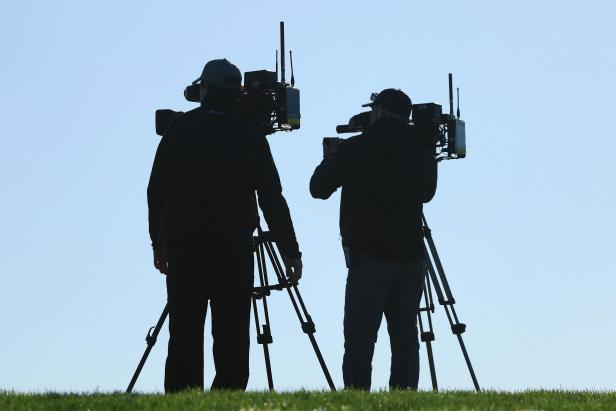The evolution of golf coverage on television has been a topic of discussion for many years. In a survey conducted by Golf Digest, over 70 percent of fans expressed a desire to see more shots during broadcasts. Surprisingly, this survey took place over five decades ago, in the January 1972 issue of Golf Digest. The challenges facing golf broadcasts at that time included high production costs, difficulty covering all 18 holes, and fitting in all the relevant shots. To address concerns raised by viewers, five industry executives provided their insights on the future of golf coverage on TV.
One of the key points highlighted in the 1972 article was the debate around showing more than just the finishing holes of a tournament. While some executives believed in sticking to the common practice, others like Roone Arledge of ABC advocated for covering all 18 holes. However, logistical challenges and the high cost of production were cited as major obstacles. Despite the criticisms of today’s golf coverage as stale, there has been significant progress in technology and creativity over the years.
Golf Digest members have access to the complete archive dating back to 1950, allowing them to explore the history of golf coverage on TV. The potential of golf on television to appeal to viewers was recognized early on, with the sport inspiring both participants and non-golfers alike. The high stakes of $10,000 in golf at that time seem quaint compared to today’s purses. The economic challenges of covering golf on TV were a major concern, as networks struggled to break even or turn a profit.
Professional tours and players were seen as potential impediments to improving coverage, with calls for changes to make the game more exciting for the public. The lack of strong continuity in the tour schedule and a season climax were highlighted as areas for improvement. The eventual creation of the FedEx Cup Playoffs and the Tour Championship may have addressed some of these issues. Finding the right people to call the action, especially having a “golf expert” in the booth, was considered essential but challenging to achieve.
In conclusion, the article from 1972 sheds light on the early challenges and debates surrounding golf coverage on television. While progress has been made in technology and coverage quality, some of the issues raised in the past, such as high production costs and the need for expert commentary, continue to be relevant today. The history of golf on TV serves as a reminder of the evolution of broadcasting and the ongoing efforts to enhance the viewing experience for fans.


